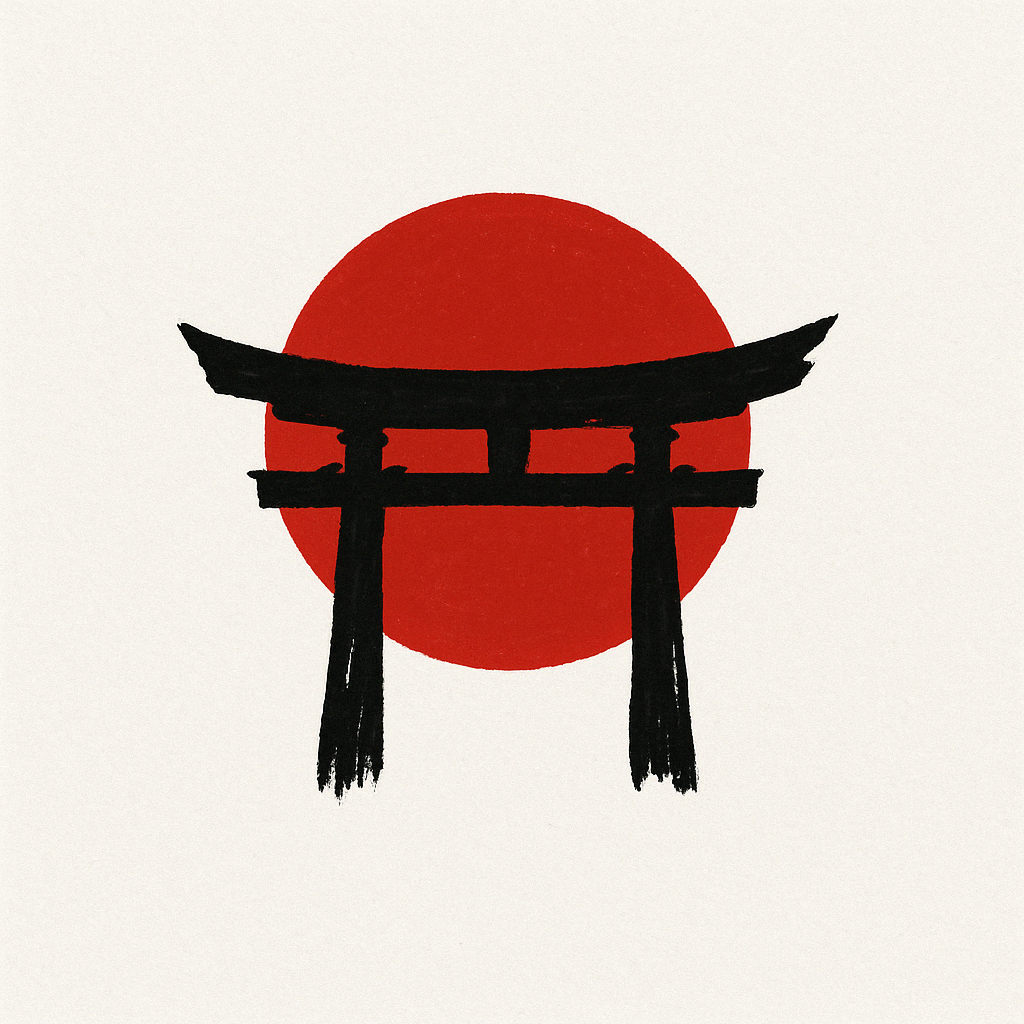Komorebi — Naming Light

The word 木漏れ日 (komorebi) describes the phenomenon of sunlight filtering through trees or their leaves.
木 (ko) — tree
漏れ (more) — leaking, seeping through
日 (bi) — sunlight
It is more than a composite of meanings. Komorebi belongs to a category of Japanese expressions that give shape to perceptual subtleties often left unnamed in Western languages.
Beyond definition
Komorebi isn’t simply a word — it’s a lens. It speaks to a way of perceiving. Something ephemeral, still, light, and alive with change.
It invites attention. It reveals silence. It exists in the tension between what is present and what is passing.
In this way, komorebi might be seen as a companion to the concept of 間 (ma) — the interval, the space between things. It is in these intervals that meaning often emerges: light through shadow, presence through absence.
A statement of identity
Adopting Komorebi as part of my name felt natural.
It resonates with qualities I seek to inhabit: space, lightness, silence, and transience. These are not just aesthetic preferences, but essential human needs — often repressed beneath the surface noise of contemporary life.
We don’t always have the luxury to live by these principles. Life clutters. Screens glow brighter than sunlight. But the presence of noise makes the presence of silence more vital.
Taking up heavy burdens is often framed as a necessity. And yes — obligations exist. But some are inherited, some self-imposed. Lightness, I believe, is not carelessness. It is discernment. It is the quiet decision not to carry what was never ours to begin with.
Stillness is a foundation. Silence is not absence — it is space. Transience is not loss — it is recognition.
These qualities are not escape routes. They are ways of seeing.
As you can see, I chose the name with a clear intention, not in an attempt of identity mimicry.
Cultural Resonance
Japanese culture reflects this sensitivity in countless ways — in art, language, and daily rituals.
Words like komorebi are not just descriptive; they are emotive. They carry atmosphere.
Other examples include:
- 夕焼け (yūyake) — The red glow of the sky at sunset
- 花吹雪 (hanafubuki) — Flurry of falling cherry blossoms
- 積ん読 (tsundoku) — Accumulating unread books
- 積ん読 (tsundoku) — Accumulating unread books
These aren’t only linguistic curiosities. They show that noticing matters — that there is cultural permission to slow down and articulate what may otherwise go unspoken.
Japanese poetry — especially haiku and tanka — often centres on ephemeral natural phenomena. The use of 季語 (kigo), or seasonal words, situates each verse in time and mood. This is not just poetic convention, but cultural worldview.
Even in daily life, there’s a quiet reverence for the momentary: a tea ceremony, a seasonal bento, the act of pausing beneath a maple in autumn.
Reflection
If you’ve heard the word komorebi before, I hope you now see it with a little more dimensionality.
Like the light it names, it shifts constantly — never quite the same twice.
It is perception, not definition. It is personal, if you let it be.
My Attempt — A Living Intention
This project is my attempt to name light, trace silence, and document the unnoticed.
To walk slowly. To notice often. To articulate what fades.
Each post will reflect on a single Japanese word or phenomenon — with space, stillness, and precision. Themes will unfold slowly, like leaves opening to light.
Written quietly by
Marcus Komorebi (マカス・木漏れ日)
light through leaves, words through silence
